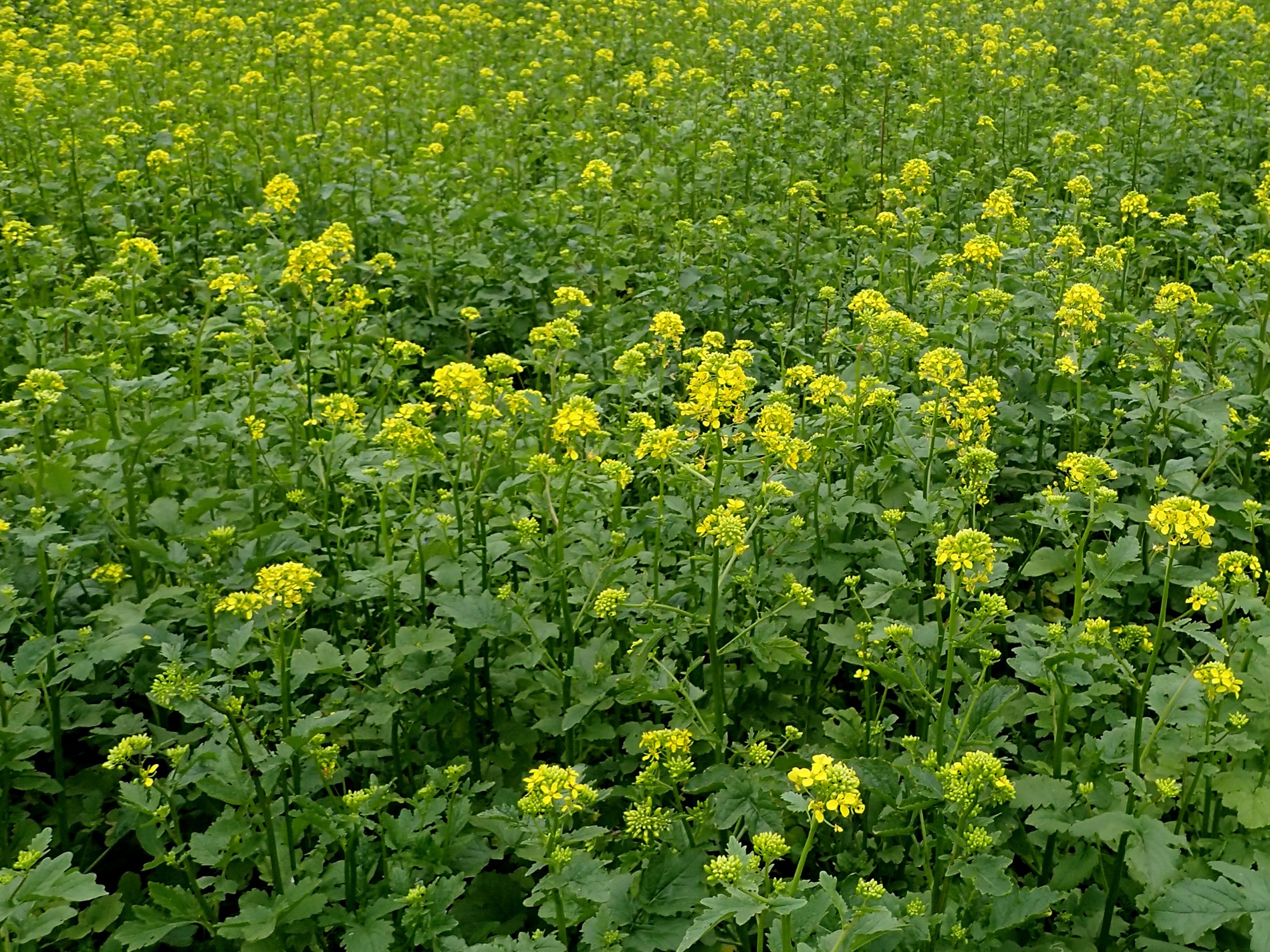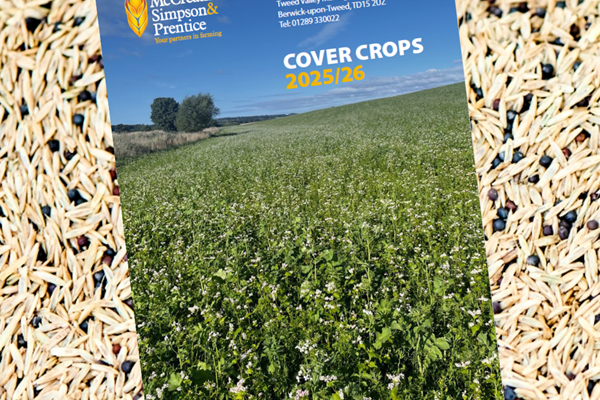
- 21 August 2025
6 of the biggest cover crop mistakes
In recent years, cover cropping has become an increasingly important farming practice as growers look for ways to operate more sustainably.
Typically established after harvest, these non-cash crops are grown to protect and improve the soil between regular crop production. When managed well, cover crops are often hailed for their potential to address agricultural challenges, such as reducing erosion and leaching, increasing organic matter, improving soil structure and assisting in mitigating pest and disease outbreaks.
However, having sown cover crops for four seasons at our spring barley variety trials site at Beal Farm in Northumberland, we wanted to share with you some common mistakes that can be made from both our experience at the site and from working alongside some of our customers.

1. Expecting immediate results
Cover crops should be viewed as a long-term investment that gradually improves the soil and subsequent crops year-on-year rather than the benefits being realised in a single season. While some short-term gains like grazing may be visible in year one, the biggest benefits such as nutrient cycling and soil structure build over multiple seasons.
2. Insufficient attention to detail
Cover crops require the same attention to detail as cash crops. Species selection, establishment technique and clear objectives are important to achieve the most meaningful and tangible benefits of cover crops.
3. Not terminating the crop at the appropriate time
Termination timing is vitally important to the success of the cover crop. While growth and protection of the soil associated with cover crops is key, too much growth can hinder the establishment of the following cash crop by depleting nutrients and soil moisture. However, the termination timing is dependent on the soil type. For example, cover crops grown on heavy clay should be terminated by the end of November, whereas on light sand the crop can be left longer.
4. Not considering herbicide residues
Prior herbicide use can impact the success of subsequent crops due to residue and, therefore, it is vitally important to pay attention to the herbicides used in cash crops and the potential for carryover to the cover crop.
5. Planting too late
Where possible, it is best to drill cover crops immediately after a cash crop is harvested. Any delay in planting can contradict the benefits of cover crops. This is particularly relevant in Scotland and Northern England, where if cover crops are not established by September, growers can struggle to achieve enough growth.
6. Not monitoring for manganese deficiency
Crops such as spring barley on sandy soils and legumes often show high susceptibility to manganese deficiency. Manganese deficiency often shows as pale, limp leaves with grey streaks or spots which can lead to lower yields and weaker resistance against pathogens. Consider manganese seed treatment to support early growth and reduce the risk of deficiency-related issues later in the growing season.

Get in touch today
If you are interested in improving the efficiency of your farm by planting cover crops, contact Feeds and Small Seeds Manager Alasdair Ralston on alasdairralston@mspagriculture.co.uk or call 07764 896379.





